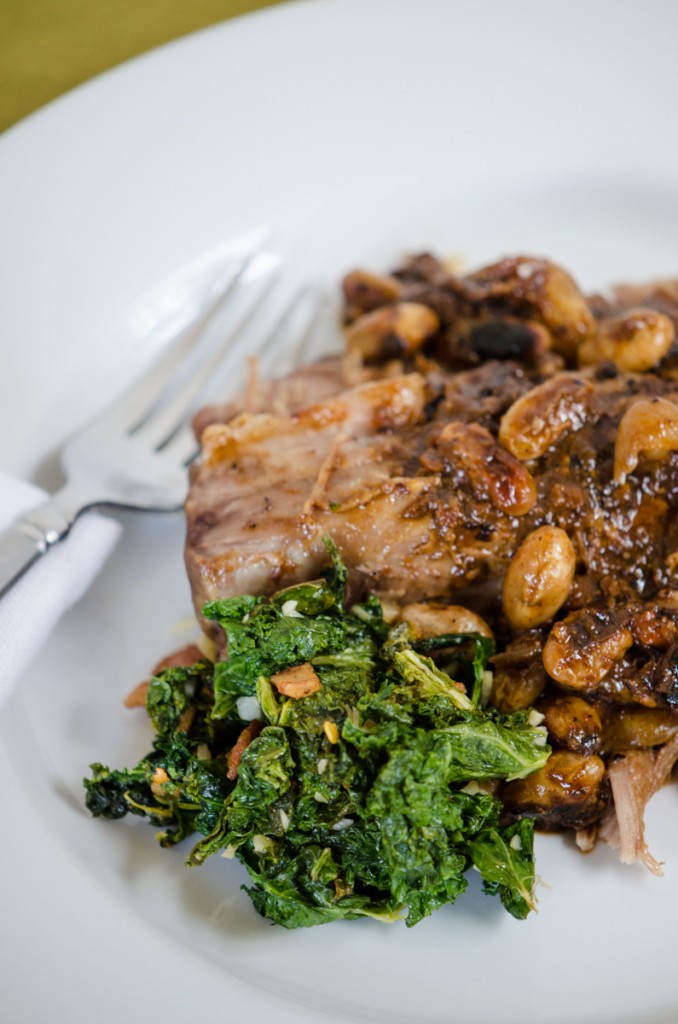 The regions of Tuscany and Umbria are considered the “Heart of Italy”, lying as they do in the geographic middle of the country. Adjacent to each other, their cuisines are quite similar. Simple, country cooking; not a lot of ingredients. Robust flavors attained by using the freshest local products, rather than a lot of sauces and seasonings. We see the source of their two favorite ingredients all along the routes we follow on our bike tours through the Tuscan and Umbrian countryside – olive orchards for their famed olive oil, and vineyards for their wines.
The regions of Tuscany and Umbria are considered the “Heart of Italy”, lying as they do in the geographic middle of the country. Adjacent to each other, their cuisines are quite similar. Simple, country cooking; not a lot of ingredients. Robust flavors attained by using the freshest local products, rather than a lot of sauces and seasonings. We see the source of their two favorite ingredients all along the routes we follow on our bike tours through the Tuscan and Umbrian countryside – olive orchards for their famed olive oil, and vineyards for their wines.
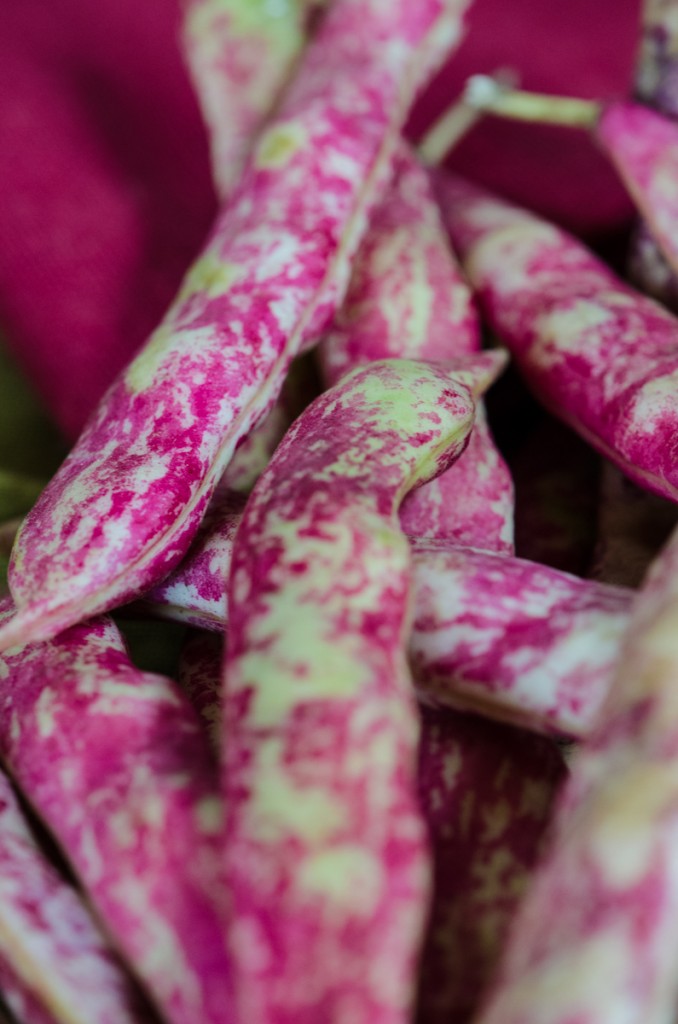 Beans also have a predominate role on the tables of Tuscany and Umbria. Tuscans have been referred to as ‘bean eaters’ by other Italians. In Tuscany you will find simple white beans, fagioli al fiasco, which have been cooked in a flask, or fiasco. Farmers would fill the bottle with beans and water, and place them in the embers of the fire before retiring. In the morning, the beans would be cooked. Fiasco is also used to refer to the straw covered glass bottle traditionally used to bottle Chianti.
Beans also have a predominate role on the tables of Tuscany and Umbria. Tuscans have been referred to as ‘bean eaters’ by other Italians. In Tuscany you will find simple white beans, fagioli al fiasco, which have been cooked in a flask, or fiasco. Farmers would fill the bottle with beans and water, and place them in the embers of the fire before retiring. In the morning, the beans would be cooked. Fiasco is also used to refer to the straw covered glass bottle traditionally used to bottle Chianti.
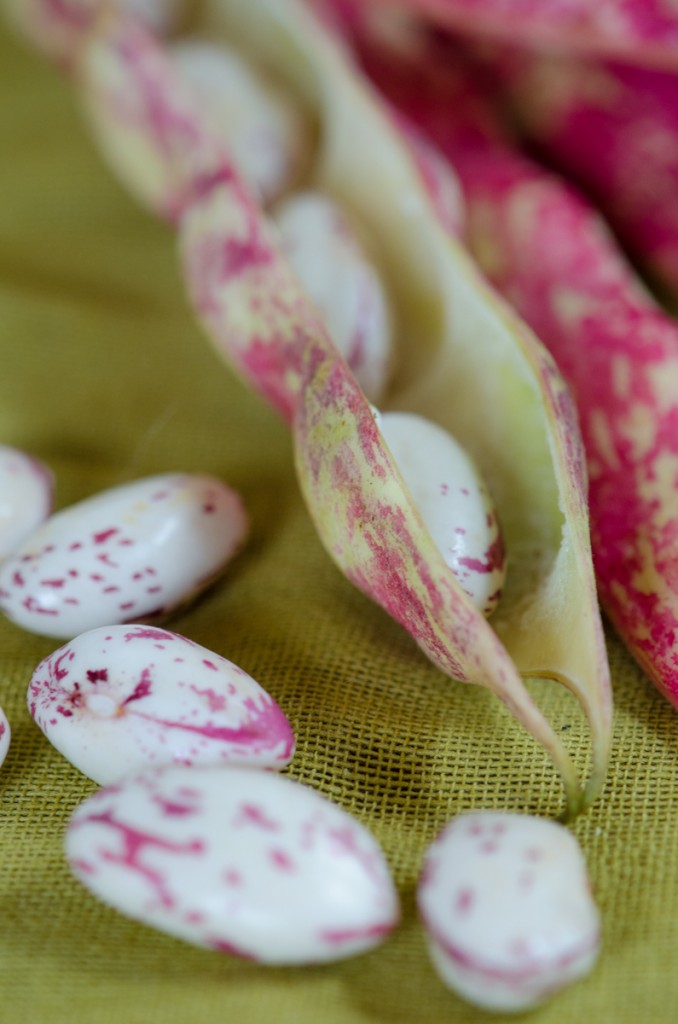 Umbria is particularly well known for its beans and lentils, which are dried and appear on their table year round. Some very special heirloom varieties include Roveja di Civita di Cascia, small wild peas that grow high on the slopes of the Sibillini mountains, and the Lake Trasimeno bean, a tiny bean about the size of a grain of rice, which are eaten both dried and fresh. Also from Lake Trasimeno is the fagiolino, a eyeless type of black-eyed pea, Cave di Foligno’s rare variety of navy bean, the fagiolo or the earthy cicerchie, a type of chickpea. The town of Castelluccio produces some wonderful tiny lentils.
Umbria is particularly well known for its beans and lentils, which are dried and appear on their table year round. Some very special heirloom varieties include Roveja di Civita di Cascia, small wild peas that grow high on the slopes of the Sibillini mountains, and the Lake Trasimeno bean, a tiny bean about the size of a grain of rice, which are eaten both dried and fresh. Also from Lake Trasimeno is the fagiolino, a eyeless type of black-eyed pea, Cave di Foligno’s rare variety of navy bean, the fagiolo or the earthy cicerchie, a type of chickpea. The town of Castelluccio produces some wonderful tiny lentils.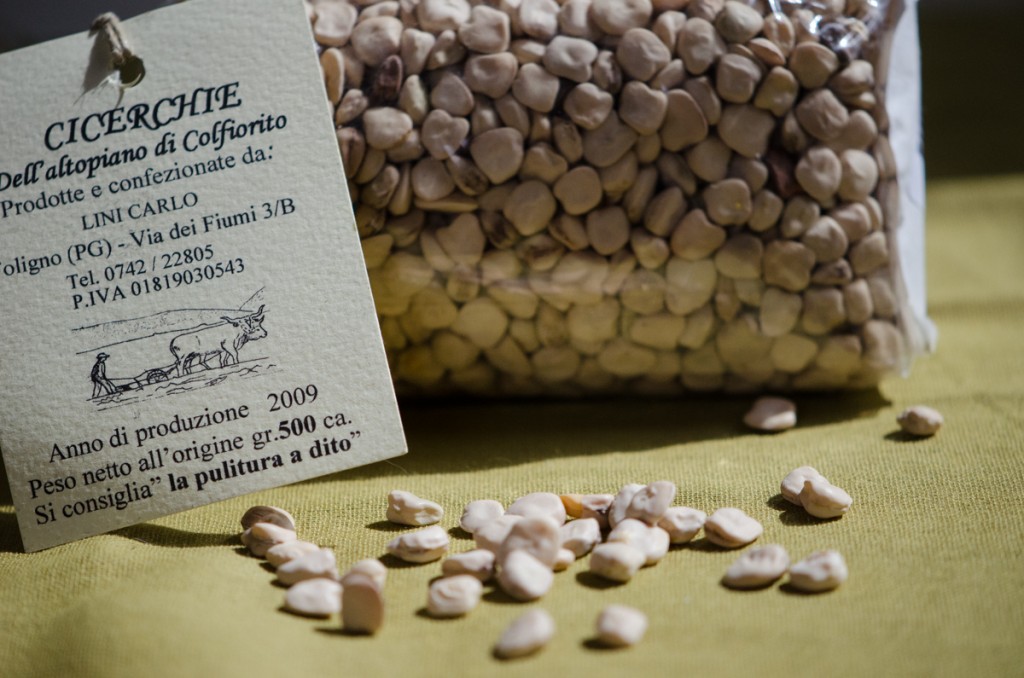
Here in the US, I only rarely see fresh shell beans at my farm stand. This time of year I enjoy cranberry beans, a light to medium tan bean streaked with red. In Italy I find the very similar borlotti bean, also known as the Roman bean, a variety of cranberry bean bred in Italy to have a thicker skin.
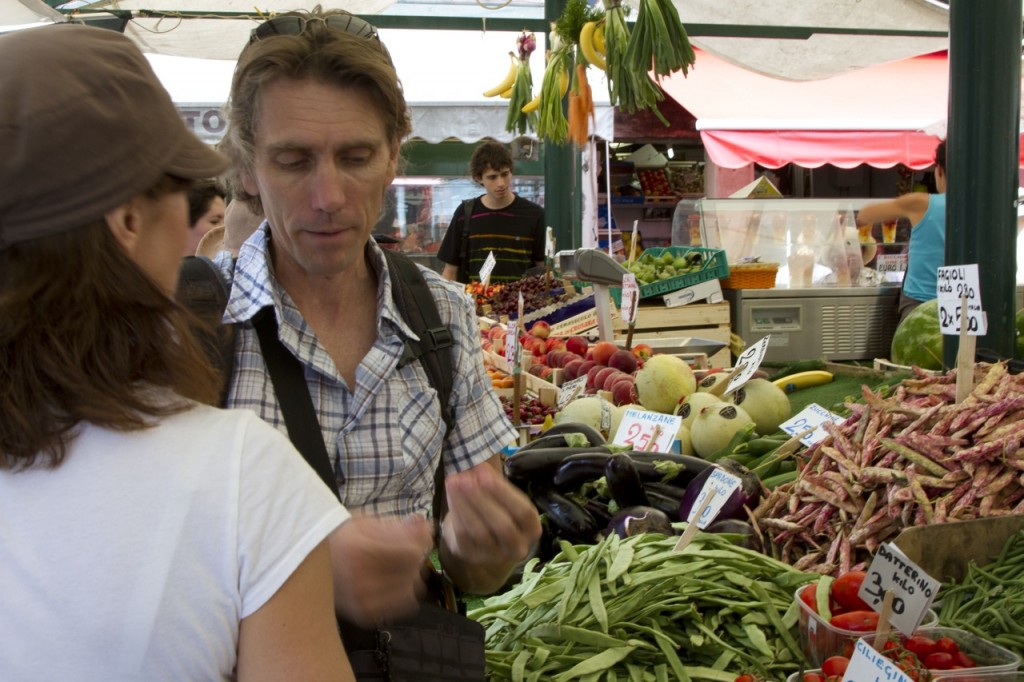
With the snap of autumn in the air, my dinners are moving away from the grill towards more hearty dishes like braised meats. A nice fresh pork butt, and beans, olive oil and wine, here come together to create a nice fall dinner.
Brasato di Maiale con Fagioli
2 tablespoons olive oil
4 pounds boneless pork butt
Kosher salt and freshly ground black pepper
2 medium carrots, cut into 1/4-inch dice
2 celery ribs, cut into 1/4-inch dice
1 medium onion, cut into 1/4-inch dice
1 garlic clove, peeled and minced
2 cups white wine
2 cups unsalted chicken broth
1 1/2 pounds fresh borlotti or cranberry beans, shelled
1 tablespoon finely chopped parsley
Heat 1 tablespoon oil in a large wide heavy pot or Dutch oven over medium-high heat. Season the pork butt with salt and pepper, and sear, turning, until browned all over. Transfer pork to a plate.
Place the remainder of the olive oil in the pot. Add the carrot, celery, and onion, and cook until tender and starting to brown, about 4 minutes. Add the garlic and cook until aromatic, about 1 more minute.
Add the wine to the pot, and cook until reduced by half. Return pork to pot. Add the chicken broth and bay leaf, and bring to a gentle simmer. Cover with parchment, topped by aluminum foil, placed down close to the meat, then place the pot cover on top.
Cook slowly over very low heat until the meat is tender, and is easily shredded with a fork. Remove the pork and set aside.
Add the beans to the pot, increase to a simmer and cook until the beans are tender and the liquid is reduced, about 30 to 40 minutes.
Return the pork to the pot, cook until the pork is reheated, and serve.
